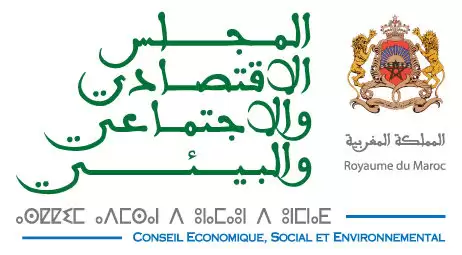
Synthesis
Morocco’s steadfast dedication to advancing infrastructure and sustainable transportation is evidenced through a range of initiatives, including the establishment of high-speed rail lines, tramways, and high-speed busways. This progress can be credited to the implementation of modern legal and regulatory frameworks, coupled with enhanced forms of territorial governance brought with advanced regionalization scheme.
Yet, the exponential increase in the demand for transportation of goods and people – in urban and rural areas – challenges the current organizational paradigm. This is primarily due to the national and territorial policies that put road infrastructure and private vehicles ahead of the mobility needs of individuals.
Further, given the diverse needs of the population, both in dense urban areas and scattered or landlocked rural areas, the availability of public transportation remains insufficient, inadequate, and inaccessible, which limits access to employment, services, and leisure opportunities for various reasons, including:
– From a financial perspective, many citizens are compelled to relocate in search of lower rents and land prices, in which case they lack access to adequate public transportation;
– From a physical standpoint, accessibility is another issue as many citizens (the elderly and/or the disabled) face difficulties using transportation independently.
Besides, the population, particularly in urban areas, is suffering from pollution due to in-creased mobility, as transportation systems account for most CO2 emissions.
The ESEC, acting on its own initiative, has decided to examine ways to improve mobility in Morocco the aim being to help improve the wellbeing of society and uphold the right to access basic social services and employment through quality, more accessible and more eco-friendly modes of transportation. To this end, the Council calls for establishing an integrated sustainable mobility system to achieve the following objectives:
– Improve access to sustainable public transportation for all citizens and build sustainable rural infrastructure, thus cutting down both dependence on personal vehicles and spatial and social inequalities;
– Promote eco-friendly alternatives to personal vehicles and internal combustion engines, such as urban buses/BHNS, mini-buses, intercity buses, and trams (small, light, and agile), while increasing intermodal and multimodal transportation modes ranging from mobility-parking spaces to station-based car sharing and park-and-ride lots;
– Prioritize electric solutions over personal vehicles, such as locally produced electric motorcycles, by undertaking pilot projects in small to medium-sized cities to showcase their suitability and measure their impact;
– Undertake a comprehensive review of the taxi governance system to evaluate the feasibility of liberalizing and professionalizing the taxi industry;
– Facilitate the prompt execution of the contract program aimed at building logistics platforms on the outskirts of cities while ensuring rail connectivity;
-Ensure conformity of the legal framework governing roads and traffic with the principles of sustainable transportation;
-Incorporate the requirements for sustainable mobility into the regulations governing urban and territorial planning;
– Provide sustainable mobility capacity-building training on a territorial scale, including for elected officials;
– Develop a citizen-oriented awareness-raising communication strategy about the principles and benefits of sustainable mobility, through multi-channel educational content on such issues as the environment, healthcare, and technological advances.
The recommended transportation system requires establishing a regionally extended inter-ministerial committee for sustainable mobility aimed at averting overlaps, conflicting responsibilities, and uneven resource allocation.
